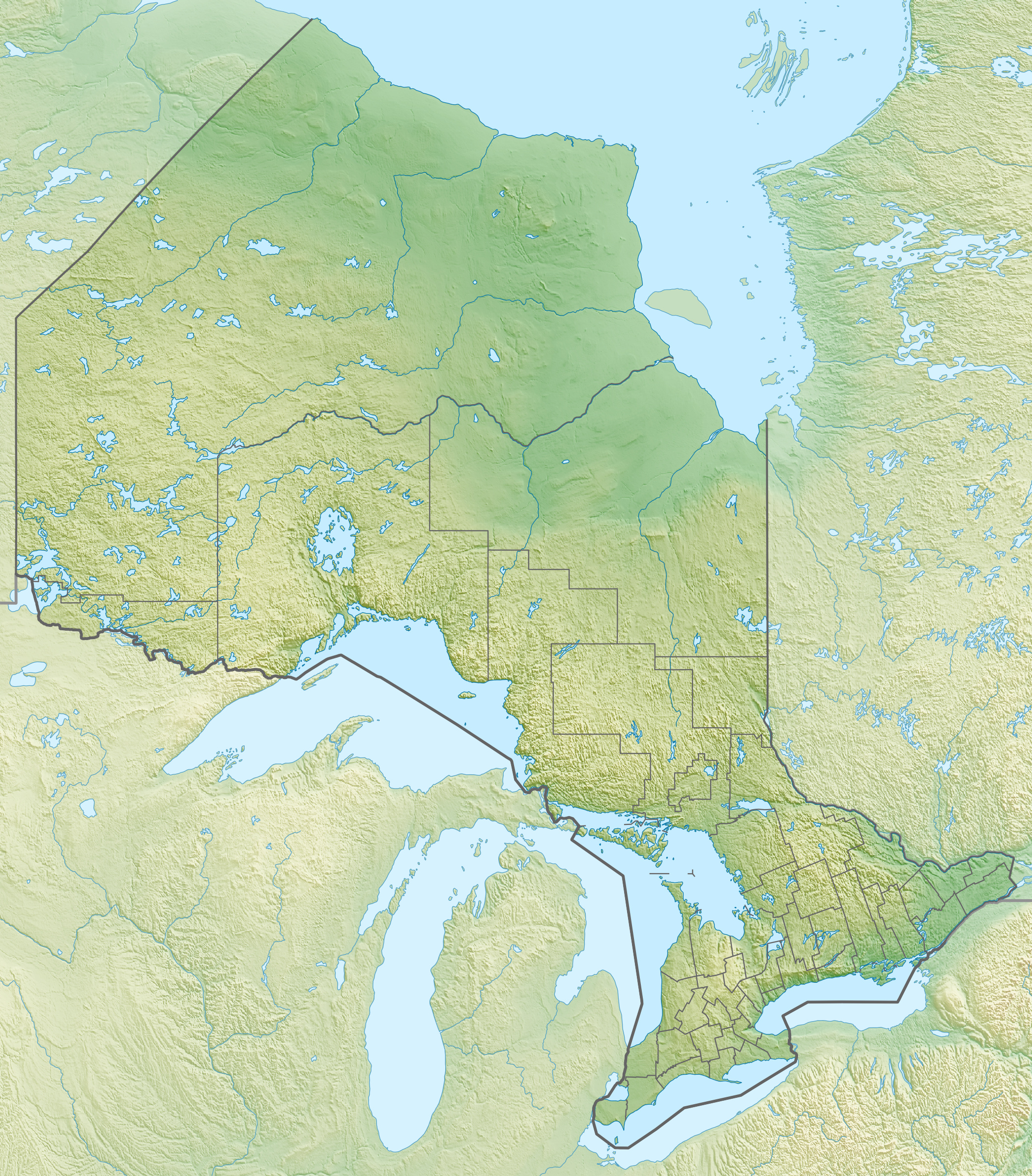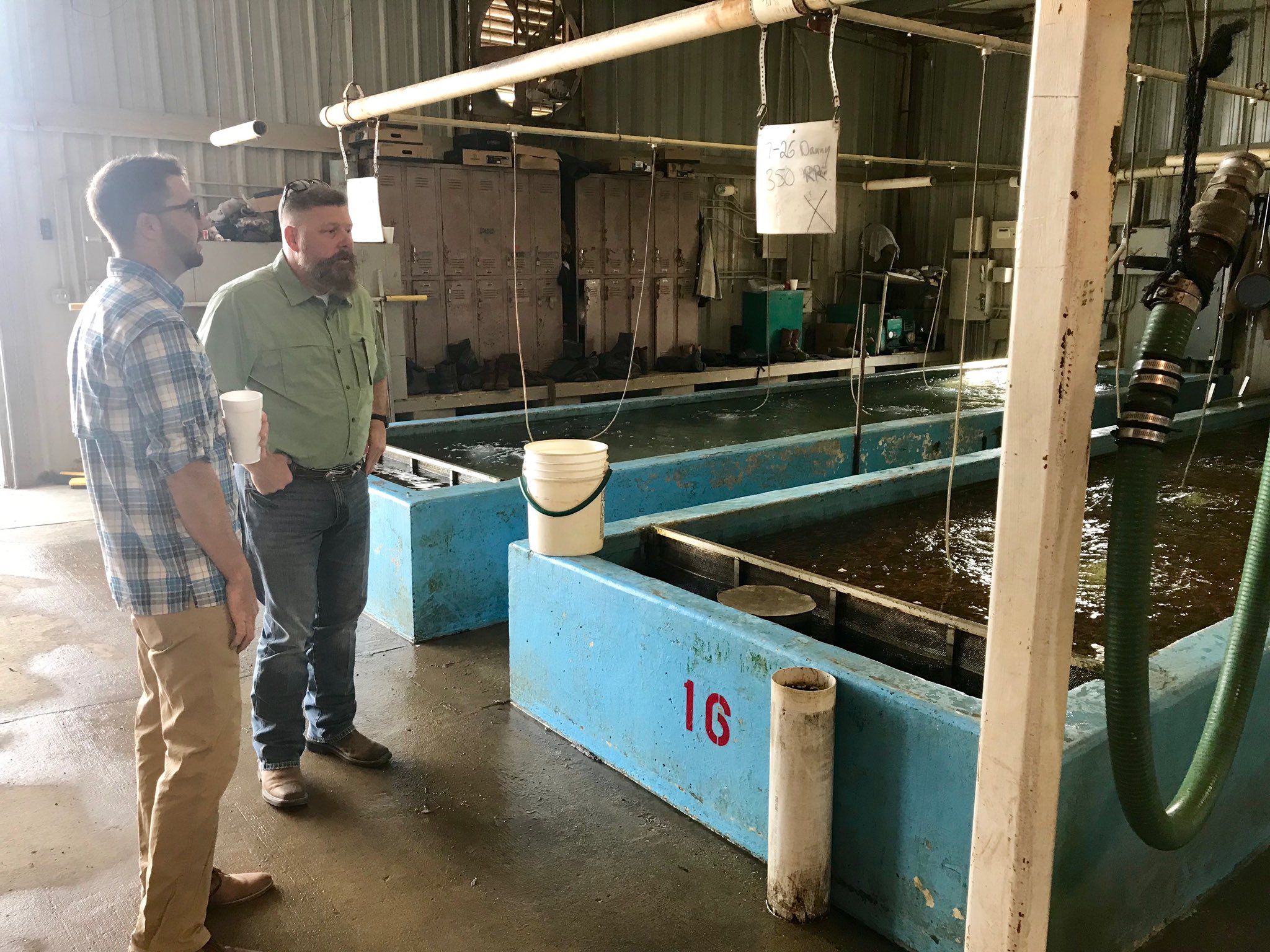|
Kakagi Lake
Kakagi Lake, also known as Crow Lake, is a lake in both Unorganized Kenora District and the township of Sioux Narrows-Nestor Falls, Kenora District, in Northwestern Ontario, Canada. It is just north of the community of Nestor Falls, and right across Ontario Highway 71 from Stevens Bay on Lake of the Woods. It also feeds Lake of the Woods through a series of lakes starting with Cedartree Lake. Geography It is a body of water that is essentially not charted, and caution must be taken when navigating this body of water. Kakagi Lake is approximately in size, about long and up to wide. It is above sea level with an average depth and a maximum depth of . The lake has many islands such as Gold Point Island, Green Island, Mink Island, Bear-Beaver Island, Alora Island, Mosquito Point Island and Pine Island. There are several spots on the lake frequented by campers as well as several natural recreational areas such as Jumping Rock, Seagull Rock and Soft Sand Beach. There are small ... [...More Info...] [...Related Items...] OR: [Wikipedia] [Google] [Baidu] |
Kenora District
Kenora District is a district and census division in Northwestern Ontario, Canada. The district seat is the City of Kenora. It is geographically the largest division in Ontario: at , it covers 38 percent of the province's area, making it larger than Newfoundland and Labrador, and slightly smaller than Sweden or roughly the land size of California. Kenora District also has the lowest population density of any of Ontario's census divisions (it ranks 37th out of 50 by total population). The district was created in 1907 from parts of Rainy River District. The northern part (north of the Albany River) only became part of Ontario in 1912 (transferred from the Northwest Territories).''The Ontario Boundaries Extension Act'', S.C. 1912 (CA), 2 Geo. V, c. 40. The separate Patricia District upon transfer, it was in 1937 annexed to Kenora District and known sometimes as the Patricia Portion. [...More Info...] [...Related Items...] OR: [Wikipedia] [Google] [Baidu] |
Sabaskong Bay 35D
Sabaskong Bay 35D is a First Nations reserve on Kakagi Lake near Sioux Narrows-Nestor Falls, Ontario. It is the main reserve of the Ojibways of Onigaming First Nation Ojibways of Onigaming First Nation is an Ojibwe or Ontario Saulteaux First Nation located in Kenora District, Ontario near Nestor Falls, Ontario. Together with the Big Grassy First Nation, Ojibways of Onigaming First Nation is a successor apparen .... References Saulteaux reserves in Ontario Communities in Rainy River District {{NorthernOntario-geo-stub ... [...More Info...] [...Related Items...] OR: [Wikipedia] [Google] [Baidu] |
List Of Lakes In Ontario
This is an incomplete list of lakes in Ontario, a province of Canada. There are over 250,000 lakes in Ontario, constituting around 20% of the world's fresh water supply. Larger lake statistics This is a list of lakes of Ontario with an area larger than . # * 24 Mile Lake A B C D E F G *Gananoque Lake *Garson Lake *Gathering Lake *Gibson Lake (other), multiple lakes *Gillies Lake *Gloucester Pool *Go Home Lake * Golden Lake * Gordon Lake *Ghost Lake * Gould Lake (other), several lakes * Green Lake * Grundy Lake *Guelph Lake *Gull Lake (Ontario) * Gullrock Lake *Gunter Lake H * Halls Lake (Haliburton County) * Hammer Lake * Head Lake (Kawartha Lakes) * Head Lake (Haliburton County) * Heart Lake * Herbert Lake *Holden Lake * Lake Huron * Horseshoe Lakemultiple lakes I * Inn Lake * Indian Lake * Innis Lake * Irwin Lake *Ivanhoe Lake J * Jack Lake * Jeff Lake *Lake Joseph * Jules Lake *Jumping Cariboo Lake K * Kabinakagami Lake *Lake Kagawo ... [...More Info...] [...Related Items...] OR: [Wikipedia] [Google] [Baidu] |
Crow Lake (novel)
''Crow Lake'' is a 2002 first novel written by Canadian author Mary Lawson. It won the Books in Canada First Novel Award in the same year and won the McKitterick Prize in 2003. It is set in a small farming community in Northern Ontario, the Crow Lake of the title, and centres on the Morrison family (Kate the narrator, her younger sister Bo and older brothers Matt and Luke) and the events following the death of their parents. Kate's childhood story of the first year after their parents' death is intertwined with the story of Kate as an adult, now a successful young academic and planning a future with her partner, Daniel, but haunted by the events of the past. In among the narratives are set cameos of rural life in Northern Ontario, and of the farming families of the region. Plot The death of their parents, when Kate is 7 years old, Bo a toddler, and her brothers in their late teens, threatens the family with dispersal and seems to spell the end of their parents' dream that they ... [...More Info...] [...Related Items...] OR: [Wikipedia] [Google] [Baidu] |
Minnow
Minnow is the common name for a number of species of small freshwater fish, belonging to several genera of the families Cyprinidae and Leuciscidae. They are also known in Ireland as pinkeens. Smaller fish in the subfamily Leusciscidae are considered by anglers to be "true" minnows. Types of minnows Bluntnose minnow (''Pimephales notatus''): The bluntnose minnow is a primary bait fish for Northern America, and has a very high tolerance for variable water qualities, which helps its distribution throughout many regions. The snout of the bluntnose minnow overhangs the mouth, giving it the bluntnose. There is a dark lateral line which stretches from the opercle to the base of the tail, where a large black spot is located. The average size of the adult is approximately 5 cm (2 in). 'Pimephales'' Common shiner (''Notropis cornutus)'': These fish are one of the most common type of bait fish and are almost exclusively stream dwellers. The common shiner can be identified b ... [...More Info...] [...Related Items...] OR: [Wikipedia] [Google] [Baidu] |
Shiner (fish)
Shiner is a common name used in North America for any of several kinds of small, usually silvery fish, in particular a number of cyprinids, but also e.g. the shiner perch (''Cymatogaster aggregata''). Cyprinid shiners are: * Eastern shiners, genus ''Notropis'' * Finescale shiners, genus ''Lythrurus'' * Flagfin shiners, genus '' Pteronotropis'' * Golden shiner, '' Notemigonus crysoleucas'' (a monotypic genus) * Highscale shiners, genus ''Luxilus'' * Redside shiners, genus '' Richardsonius'' * Satinfin shiners, genus ''Cyprinella'' Image:Notropis maculatus.jpg, ''Notropis maculatus'', an eastern shiner Image:Pteronotropis signipinnis.jpg, Flagfin shiner ('' Pteronotropis signipinnis'') Image:Notemigonus crysoleucas.jpg, Golden shiner (''Notemigonus crysoleucas'') Image:Cymatogaster aggregata.jpg, Shiner perch (''Cymatogaster aggregata'') See also * Chub (other) * Dace (other) * Minnow * Roach (other) Roach may refer to: Animals * Cockroach, various ... [...More Info...] [...Related Items...] OR: [Wikipedia] [Google] [Baidu] |
Cisco (fish)
The ciscoes (or ''ciscos'') are salmonid fish that differ from other members of the genus in having upper and lower jaws of approximately equal length and high gill raker counts. These species have been the focus of much study recently, as researchers have sought to determine the relationships among species that appear to have evolved very recently. The term ''cisco'' is also specifically used of the North American species ''Coregonus artedi'', also known as lake herring. In previous taxonomic classifications, the ciscoes have been identified as a subgenus ''Leucichthys'' of the genus ''Coregonus''. Based on molecular data this is not a natural classification however, as the ciscoes are polyphyletic, comprising two different lineages within the freshwater whitefishes.Bernatchez L, Colombani F, Dodson JJ (1991Phylogenetic relationships among the subfamily Coregoninae as revealed by mitochondrial DNA restriction analysis''Journal of Fish Biology 39 (Suppl A):283-290. Continental ... [...More Info...] [...Related Items...] OR: [Wikipedia] [Google] [Baidu] |
Rock Bass
The rock bass (''Ambloplites rupestris''), also known as the rock perch, goggle-eye, red eye, and black perch, is a freshwater fish native to east-central North America. This red eyed creature is a species of freshwater fish in the sunfish family (Centrarchidae) of order Perciformes and can be distinguished from other similar species by the six spines in the anal fin (other sunfish have only three anal fin spines). Distribution Rock bass are native to the St Lawrence River and Great Lakes system, the upper and middle Mississippi River basin in North America from Québec to Saskatchewan in the north down to Missouri and Arkansas, south to the Savannah River, and throughout the eastern U.S. from New York through Kentucky and Tennessee to the northern portions of Alabama and Georgia and Florida in the south. The rock bass has also been found in the Nueces River system in Texas Description They are similar in appearance to smallmouth bass, but are usually quite a bit smalle ... [...More Info...] [...Related Items...] OR: [Wikipedia] [Google] [Baidu] |
Perch
Perch is a common name for fish of the genus ''Perca'', freshwater gamefish belonging to the family Percidae. The perch, of which three species occur in different geographical areas, lend their name to a large order of vertebrates: the Perciformes, from the el, πέρκη (), simply meaning perch, and the Latin ''forma'' meaning shape. Many species of freshwater gamefish more or less resemble perch, but belong to different genera. In fact, the exclusively saltwater-dwelling red drum is often referred to as a red perch, though by definition perch are freshwater fish. Though many fish are referred to as perch as a common name, to be considered a true perch, the fish must be of the family Percidae. The type species for this genus is the European perch, ''P. fluviatilis''. Species Most authorities recognize three species within the perch genus: * The European perch (''P. fluviatilis'') is primarily found in Europe, but a few can also be found in South Africa, and even as far ea ... [...More Info...] [...Related Items...] OR: [Wikipedia] [Google] [Baidu] |
Lake Whitefish
The lake whitefish (''Coregonus clupeaformis'') is a species of freshwater whitefish from North America. Lake whitefish are found throughout much of Canada and parts of the northern United States, including all of the Great Lakes. The lake whitefish is sometimes referred to as a "humpback" fish due to the small size of the head in relation to the length of the body.Roland Sigurdson (2011Lake whitefishMinnesota Department of Natural Resources Species Profile. 19 April. 2012 It is a valuable commercial fish, and also occasionally taken by sport fishermen. Smoked, refrigerated, vacuum-packed lake whitefish fillets are available in North American grocery stores. Other vernacular names used for this fish include ''Otsego bass'', ''Sault whitefish'', ''gizzard fish'', ''common whitefish, eastern whitefish, Great Lakes whitefish, humpback whitefish, inland whitefish'' and ''whitefish''. Etymology The scientific genus name ''Coregonus'' (co-regg'-on-us) means "angle eye" in Greek and the ... [...More Info...] [...Related Items...] OR: [Wikipedia] [Google] [Baidu] |
Northern Pike
The northern pike (''Esox lucius'') is a species of carnivorous fish of the genus '' Esox'' (the pikes). They are typical of brackish and fresh waters of the Northern Hemisphere (''i.e.'' holarctic in distribution). They are known simply as a pike in Britain, Ireland, and most of Eastern Europe, Canada and the United States. Pike can grow to a relatively large size: the average length is about , with maximum recorded lengths of up to and published weights of . The IGFA currently recognizes a pike caught by Lothar Louis on Greffern Lake, Germany, on 16 October 1986, as the all-tackle world-record northern pike. Northern pike grow to larger sizes in Eurasia than in North America, and typically grow to larger sizes in coastal than inland regions of Eurasia. Etymology The northern pike gets its common name from its resemblance to the pole-weapon known as the pike (from the Middle English for 'pointed'). Various other unofficial trivial names are common pike, Lakes pike, great n ... [...More Info...] [...Related Items...] OR: [Wikipedia] [Google] [Baidu] |




